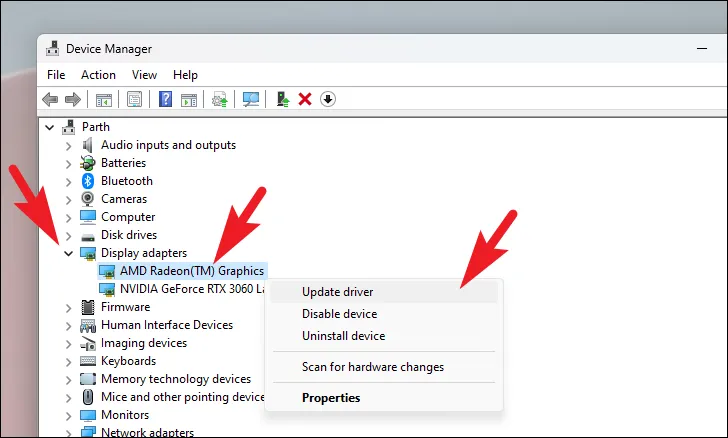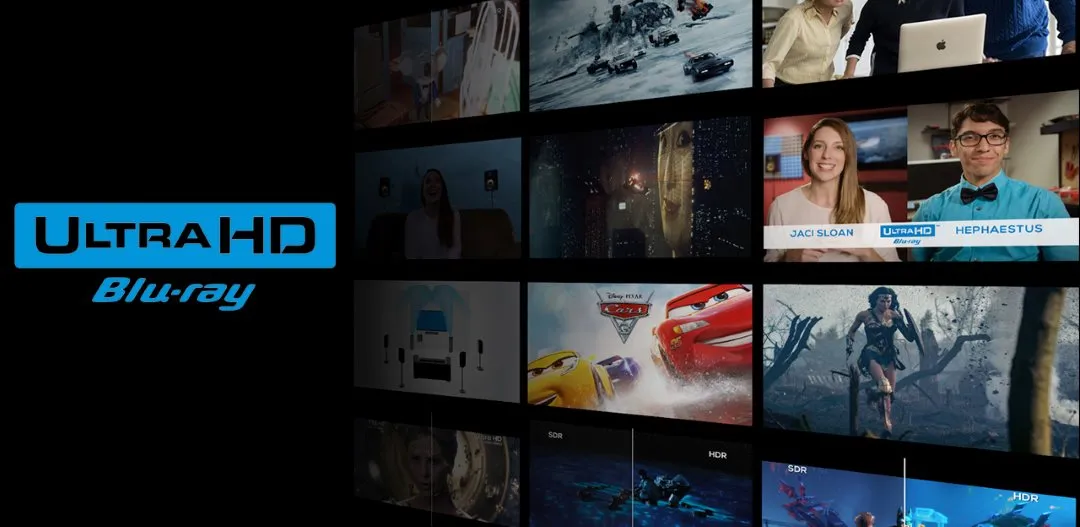Quick Navigation
Why Most Blu-ray Players Can’t Play 4K UHD Discs
1. AACS 2.0 Encryption and DRM Restrictions
4K UHD Blu-ray discs come with AACS 2.0 (Advanced Access Content System) encryption, which prevents unauthorized playback. Many Blu-ray player software and hardware devices lack the necessary decryption keys to bypass this protection, making it impossible to play 4K UHD discs.
2. Lack of 4K UHD Blu-ray Support in Software Players
Most free or outdated Blu-ray software does not support 4K UHD playback due to:
* Inability to decode HEVC (H.265) video codec used in 4K Blu-rays.
* No support for HDR10, HDR10+, or Dolby Vision, which are essential for proper 4K playback.
* Lack of regular updates to support new UHD Blu-ray releases.
3. Hardware Limitations
Playing 4K UHD Blu-ray requires more than just software support—it also depends on your hardware. Common limitations include:
* Non-UHD Blu-ray drives: Standard Blu-ray drives cannot read 4K UHD discs.
* Older GPUs and CPUs: 4K playback requires hardware acceleration, and older PCs or laptops may not support HEVC decoding.
* No HDMI 2.0 or HDCP 2.2 support: Many older monitors and graphics cards do not support HDCP 2.2, which is required for UHD Blu-ray playback.
4. Windows & Operating System Restrictions
Some operating systems (like older versions of Windows) do not support UHD Blu-ray playback due to missing drivers or security requirements, making it difficult for some software players to function properly.
How to Fix 4K UHD Blu-ray Playback Issues
1. Use a 4K UHD Blu-ray Compatible Player
Not all Blu-ray software can handle 4K UHD discs. iToolShare Blu-ray Player is one of the few software players that support UHD Blu-ray with full menu navigation and AACS 2.0 decryption.
2. Upgrade to a 4K UHD Blu-ray Drive
If your PC or laptop does not have a UHD-compatible Blu-ray drive, you will need to purchase an external or internal UHD-friendly Blu-ray drive that can read 4K UHD discs.
Visit our support page for the best 4K Blu-ray drives for laptops: Best 4K Blu-ray Drives for Laptops
3. Enable Hardware Acceleration for Smoother Playback
If you experience lag or stuttering during playback, enable hardware acceleration in your Blu-ray software settings. Look for options like:
* Intel Quick Sync Video
* NVIDIA NVDEC (CUDA acceleration)
* AMD VCE

4. Check Your Display and HDMI Connection
For full 4K UHD quality, ensure that:
* Your monitor or TV supports HDR and 4K resolution.
* You use an HDMI 2.0+ cable and a HDCP 2.2-compliant display.
5. Keep Software and Drivers Updated
Regular updates help ensure smooth playback. Update:
* Your Blu-ray player software for better decryption support.
* Graphics drivers (NVIDIA, AMD, or Intel) for optimized HEVC decoding.

Conclusion
Many Blu-ray players fail to play 4K UHD discs due to AACS 2.0 encryption, hardware limitations, software incompatibility, and outdated drivers. However, by using a 4K UHD-compatible Blu-ray player like iToolShare Blu-ray Player, upgrading your hardware, and enabling the right settings, you can enjoy a seamless 4K Blu-ray viewing experience.
 For Windows
For Windows
 For Mac
For Mac
